Understanding R-410A’s Role and Environmental Concerns in the HVAC Industry
R-410A refrigerant has been a staple in the HVAC industry for its efficient cooling properties and environmental friendliness compared to its predecessors. However, recent discussions about its high global warming potential (GWP) and impending phase-out have sparked concerns about potential price increases and the future of cooling systems. In this article, we'll delve into the GWP of R-410A , its phase-out timeline, and the potential impact on prices in the HVAC market.
The Global Warming Potential (GWP) of R-410A and Its Environmental Impact
R-410A Global Warming Potential (GWP): R-410A refrigerant, a hydrofluorocarbon (HFC) blend, has a GWP of approximately 2088 over a 100-year period. While R-410A is non-ozone depleting, its high GWP contributes to climate change when released into the atmosphere. The concern over its environmental impact has prompted regulatory bodies to seek alternatives with lower GWPs to mitigate greenhouse gas emissions.
R-410A Phase-Out Timeline and Regulatory Developments
Phase-Out Timeline: Several regions, including the European Union (EU) and the United States, have announced phase-out plans for high-GWP refrigerants like R-410A as part of broader efforts to combat climate change. The EU's F-Gas Regulation aims to progressively phase down the use of HFC refrigerants, including R-410A, with specific quotas and bans on new equipment containing high-GWP refrigerants. In the U.S., the Environmental Protection Agency (EPA) has also proposed rules to phase down the production and consumption of HFCs, including R-410A.
How the R-410A Ban Will Affect HVAC Prices and Market Dynamics
Impact on Prices: The impending phase-out of R-410A is expected to have a significant impact on prices in the HVAC market for several reasons:
-
Transition to Alternative Refrigerants: HVAC manufacturers and contractors will need to transition to alternative refrigerants with lower GWPs to comply with regulations. This transition may involve reengineering equipment, retraining technicians, and investing in new technologies, leading to increased costs.
-
Supply and Demand Dynamics: As demand for alternative refrigerants increases due to the phase-out of R-410A, supply chain constraints and shortages may occur, putting upward pressure on prices.
-
Regulatory Compliance Costs: Compliance with regulations and standards related to refrigerant management, equipment retrofitting, and disposal of high-GWP refrigerants may add additional costs for HVAC businesses.
-
Research and Development Expenses: HVAC manufacturers will incur costs associated with research and development efforts to innovate and develop new cooling technologies using low-GWP refrigerants.
Navigating the Transition: Challenges and Opportunities for HVAC Professionals
As the HVAC industry prepares for the phase-out of R-410A refrigerant, industry professionals face both significant challenges and compelling opportunities. The transition to low-GWP refrigerants—such as R-32, R-454B, and other eco-friendly alternatives—requires HVAC technicians and contractors to update their knowledge, tools, and certifications. HVAC companies must prioritize technician training, system retrofitting, and customer education to remain competitive and compliant with upcoming environmental regulations.
Additionally, the shift is expected to boost demand for newer, energy-efficient air conditioning systems that comply with F-Gas regulations and EPA mandates. Consumers seeking sustainable cooling solutions may find themselves upgrading to HVAC units precharged with environmentally responsible refrigerants, increasing product turnover in the short term. For wholesalers and contractors, this means an opportunity to stock innovative low-GWP refrigerants and next-generation systems that meet new compliance standards.
To manage rising refrigerant costs, businesses can benefit from bulk purchasing programs, early adoption of compliant products, and strategic inventory management. At Refrigerants Center, we provide both single and bulk refrigerant sales, ensuring our customers have access to reliable supply and competitive pricing.
Ultimately, embracing this transition isn't just about meeting environmental standards—it's about positioning your HVAC business as a leader in green cooling solutions, sustainability, and future-ready practices. Now is the time to invest in refrigerant alternatives, advanced system designs, and long-term compliance strategies that will define the HVAC market in the coming decades.
Conclusion: The phase-out of R-410A refrigerant, driven by concerns over its high GWP and environmental impact, is expected to lead to price increases in the HVAC market. HVAC stakeholders, including manufacturers, contractors, and consumers, will need to adapt to the changing regulatory landscape by investing in alternative refrigerants, upgrading equipment, and navigating supply chain challenges. While the transition to low-GWP refrigerants presents challenges, it also offers opportunities for innovation and sustainability in the HVAC industry.
Contact us for Pricing
we sell in single and bulk.
FAQs
What is the GWP of R-410A refrigerant and why is it important?
R-410A has a GWP of 2088, meaning it traps significantly more heat in the atmosphere than CO₂. Its high GWP contributes to climate change and has led to its regulatory phase-out.
When will R-410A be phased out in the United States?
The EPA is phasing down HFCs, including R-410A, with reductions beginning in 2024 and continuing through 2036 under the AIM Act.
Are R-410A prices going up due to the phase-out?
Yes, the reduced supply, compliance costs, and increased demand for alternatives are expected to drive up R-410A prices in the near term.
What are the best alternatives to R-410A refrigerant?
Common low-GWP alternatives include R-32 and R-454B, each offering lower environmental impact and improved energy efficiency.
Can existing HVAC systems be retrofitted to use alternative refrigerants?
Some systems may be compatible with retrofits, but not all. Equipment-specific compatibility and technician expertise are essential.
Where can I buy refrigerants in bulk for my HVAC business?
You can purchase both single and bulk refrigerant cylinders from Refrigerants Center, with competitive pricing and fast delivery.


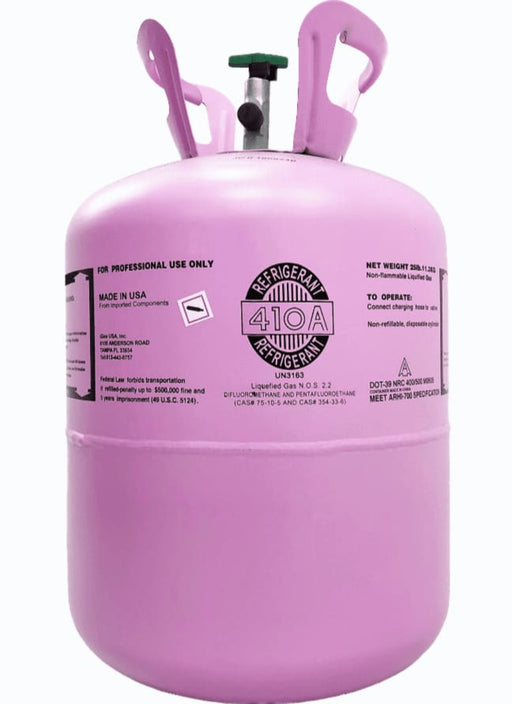
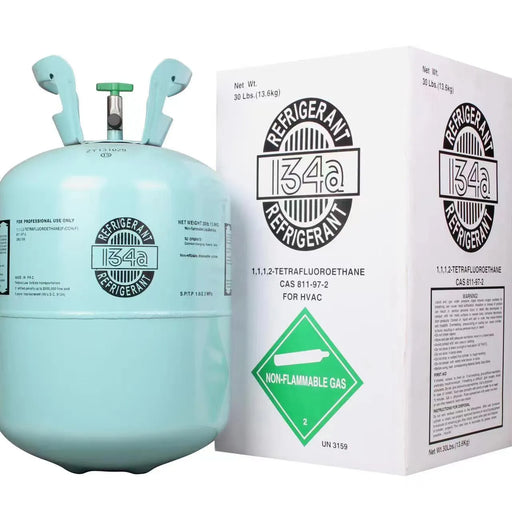
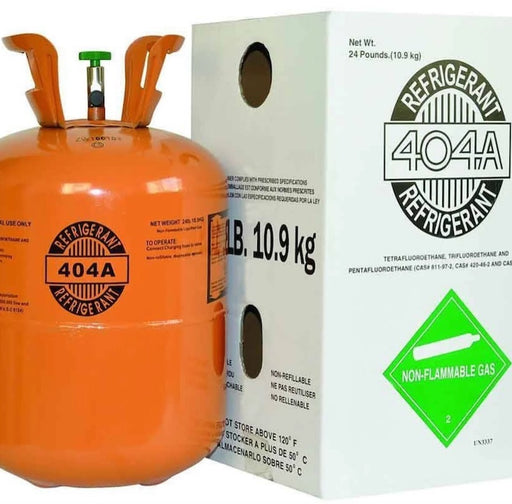
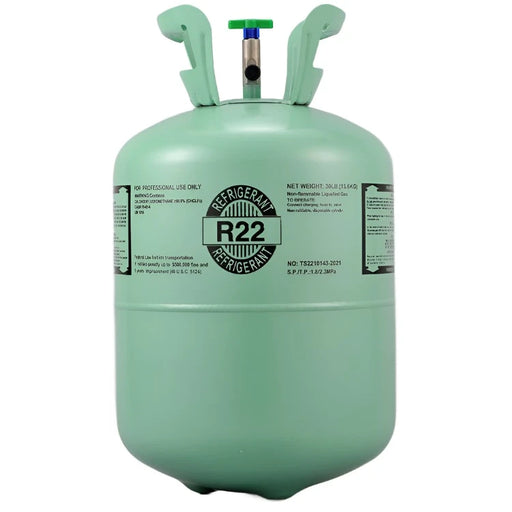
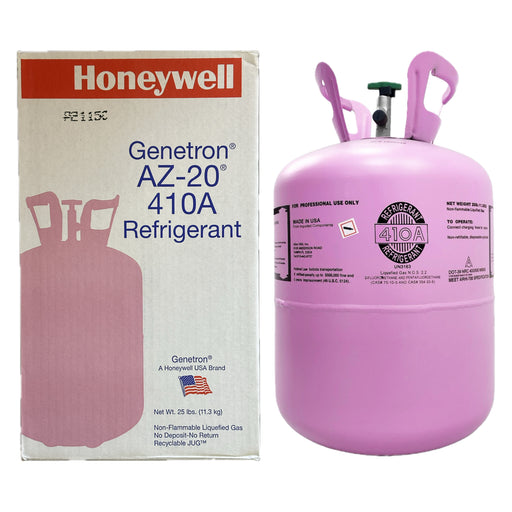
Leave a comment